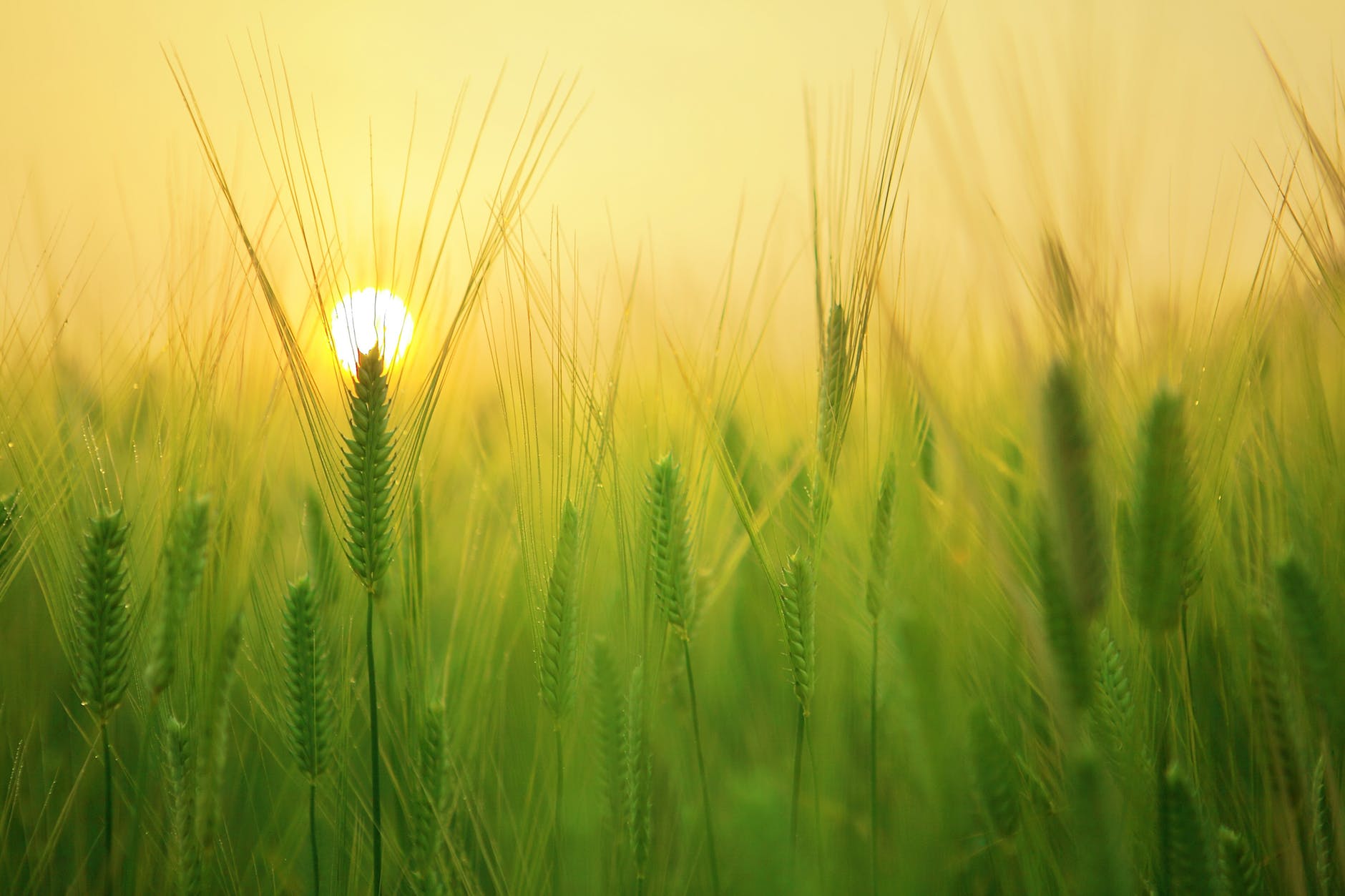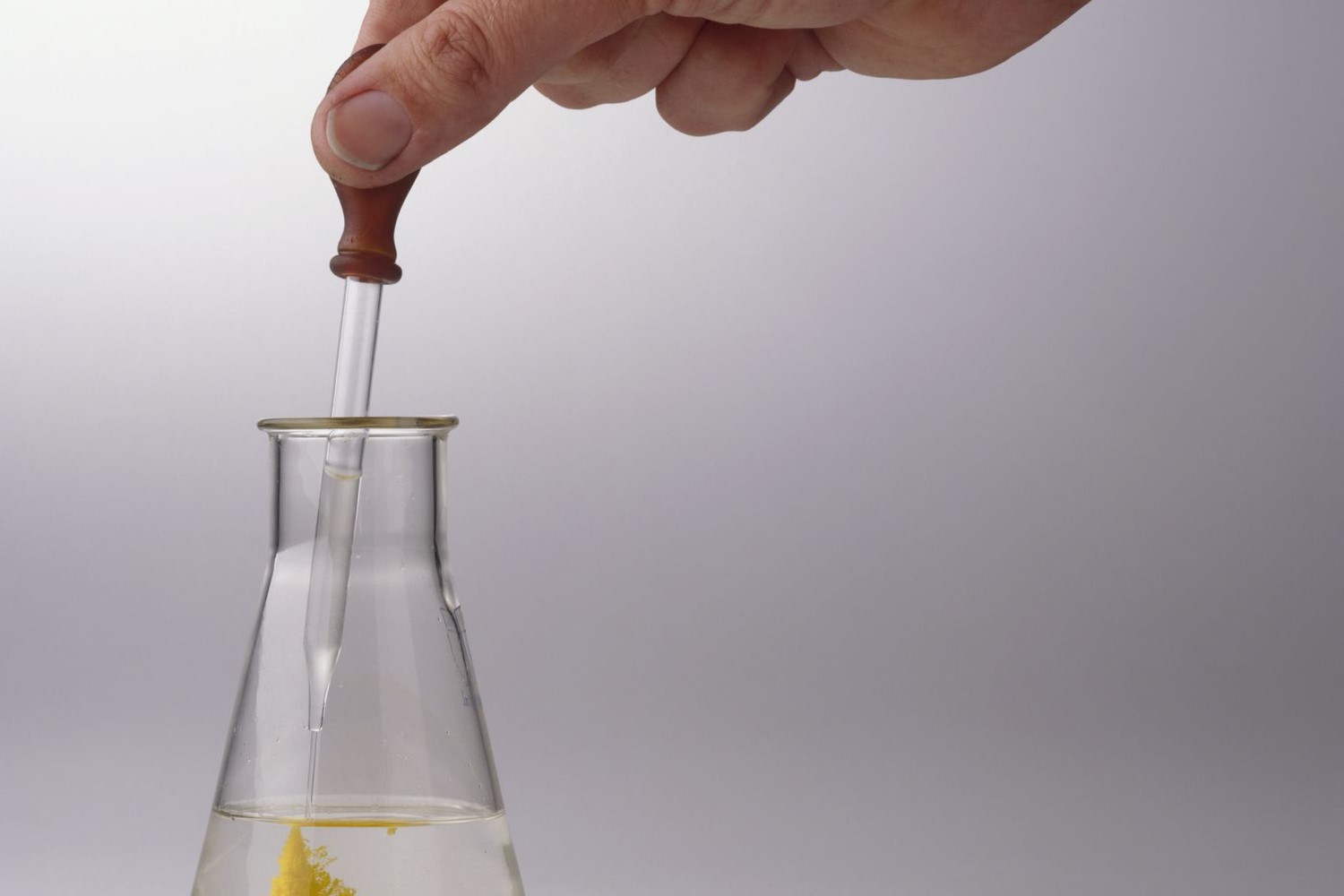
Photorespiration might sound like a complex scientific term, but it's a crucial process in plants that affects their growth and productivity. What is photorespiration? In simple terms, it's a process where plants take in oxygen and release carbon dioxide, the opposite of photosynthesis. This happens when the enzyme RuBisCO, which usually helps fix carbon dioxide, mistakenly grabs oxygen instead. This mistake can lead to a loss of energy and reduced growth in plants. Understanding photorespiration is vital because it impacts crop yields and food production. Let's dive into 29 intriguing facts about this fascinating plant process!
What is Photorespiration?
Photorespiration is a process in plants where oxygen is consumed and carbon dioxide is released. It happens when the enzyme RuBisCO fixes oxygen instead of carbon dioxide, leading to a wasteful pathway. This process is crucial for understanding plant efficiency and growth.
- Photorespiration occurs mainly in C3 plants, which include most temperate crops like wheat and rice.
- The process takes place in three organelles: chloroplasts, peroxisomes, and mitochondria.
- RuBisCO, the enzyme responsible for fixing carbon dioxide during photosynthesis, also fixes oxygen, leading to photorespiration.
- Photorespiration can reduce the efficiency of photosynthesis by up to 25%.
- High temperatures and light intensities increase the rate of photorespiration.
- Photorespiration is considered a wasteful process because it consumes energy and releases fixed carbon dioxide.
The Role of RuBisCO
RuBisCO is the enzyme that plays a dual role in photosynthesis and photorespiration. Its efficiency and selectivity are crucial for plant productivity.
- RuBisCO stands for Ribulose-1,5-bisphosphate carboxylase/oxygenase.
- It is the most abundant enzyme on Earth.
- RuBisCO has a higher affinity for carbon dioxide than oxygen, but not by much.
- When RuBisCO fixes oxygen, it produces a molecule called phosphoglycolate.
- Phosphoglycolate is toxic to plants and must be recycled through photorespiration.
- The recycling of phosphoglycolate involves several steps and consumes ATP and NADPH.
Impact on Plant Growth
Photorespiration affects plant growth and crop yields. Understanding its impact can help in developing strategies to improve agricultural productivity.
- Photorespiration can lead to a significant loss of fixed carbon, reducing plant growth.
- Some plants have evolved mechanisms to minimize photorespiration, such as C4 and CAM pathways.
- C4 plants, like maize and sugarcane, have a specialized anatomy that concentrates carbon dioxide around RuBisCO.
- CAM plants, like cacti, fix carbon dioxide at night to reduce photorespiration during the day.
- Genetic engineering efforts are underway to reduce photorespiration in C3 crops.
- Reducing photorespiration could potentially increase crop yields by up to 50%.
Environmental Factors
Various environmental factors influence the rate of photorespiration. Understanding these factors can help in managing crop growth and productivity.
- High temperatures increase the solubility of oxygen, leading to higher rates of photorespiration.
- Elevated carbon dioxide levels can reduce photorespiration by increasing the ratio of carbon dioxide to oxygen.
- Water stress can increase photorespiration by causing stomata to close, reducing carbon dioxide intake.
- Light intensity affects the rate of photorespiration, with higher light intensities increasing the rate.
- Nutrient availability, particularly nitrogen, can influence the rate of photorespiration.
Evolutionary Perspective
Photorespiration has an evolutionary background that provides insights into its existence and persistence in plants.
- Photorespiration likely evolved when atmospheric oxygen levels were much lower than today.
- It may have originally served as a protective mechanism against oxidative stress.
- Despite its inefficiency, photorespiration has persisted because RuBisCO's dual function is hard to separate.
- Some algae and cyanobacteria have evolved mechanisms to concentrate carbon dioxide around RuBisCO, reducing photorespiration.
- Research into these mechanisms could provide clues for reducing photorespiration in higher plants.
- Understanding the evolutionary history of photorespiration can help in developing strategies to improve plant efficiency.
Final Thoughts on Photorespiration
Photorespiration, often seen as a wasteful process, actually plays a crucial role in plant metabolism. It helps plants manage excess energy and detoxify harmful byproducts. While it may seem inefficient compared to photosynthesis, photorespiration is essential for plant survival, especially under stress conditions like drought or high temperatures.
Understanding photorespiration can lead to advancements in agriculture. By manipulating this process, scientists aim to create crops that are more resilient and productive. This could mean better yields and more sustainable farming practices.
In summary, photorespiration is more than just a quirk of plant biology. It's a vital process that ensures plants thrive in various environments. As research continues, the potential benefits for agriculture and food security are immense. So next time you think about plants, remember the hidden importance of photorespiration.
Was this page helpful?
Our commitment to delivering trustworthy and engaging content is at the heart of what we do. Each fact on our site is contributed by real users like you, bringing a wealth of diverse insights and information. To ensure the highest standards of accuracy and reliability, our dedicated editors meticulously review each submission. This process guarantees that the facts we share are not only fascinating but also credible. Trust in our commitment to quality and authenticity as you explore and learn with us.


